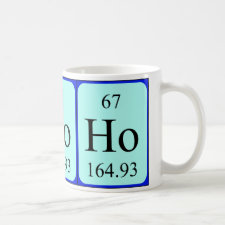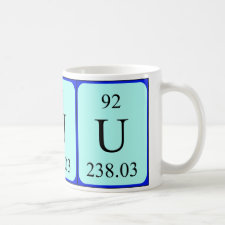
Authors: Zhang XF, Li C, Zhao CQ, Liu LH
Article Title: Detoxication effect of water-soluble imprinted cross-linked chitosan on depleted uranium induced toxicity to renal cells.
Publication date: 2011
Journal: Acta Pharmaceutica Sinica
Volume: 46
Issue: (5)
Page numbers: 513-520.
Alternative URL: http://www.yxxb.com.cn:8080/yxxb/CN/abstract/abstract20111.shtml
Abstract: To investigate whether a series of water-soluble cross-linked chitosan derivates synthesized in the guide of imprinting technology could be used as a uranium chelating agent to protect cells exposed to depleted uranium(DU),the imprinted chitosan derivates with high UO22+ chelating ability were screened,and cell model of human renal proximal tubule epithelium cells(HK-2) exposed to DU(500 µmol·L-1) was built,chitosan derivates(400 mg·L-1) was added to test group and diethylenetriaminepentaacetic acid(DTPA,50 mg·L-1) was added to positive control group.The results showed that three Cu2+ imprinted chitosan derivates had higher uranium chelating ability( 49 μg·mg-1) than chitosan and non-imprinted chitosan derivates.Compared to the cells exposed to DU only,survival of cells in group added chitosan derivates rose up significantly(increased from 57.3% to 88.7%,and DTPA to 72.6%),and DU intracellular accumulation decreased,membrane damage and DNA damage also eased.Among the imprinted chitosan derivates,Cu2+ imprinted penta dialdehyde cross-linked carboxymethyl chitosan(Cu-P-CMC) was the best,and better than DTPA.From ultrastructure observation,the DU precipitates of test group added Cu-P-CMC were most grouped in a big hairy clusters in a string together outside cells.It is possible that the DU-chitosan derivates precipitates are too big to enter into cells,and from this way,the DU uptake by cells decreased so as to detoxication.
Template and target information: uranyl ion, UO22+
Author keywords: Depleted uranium, uranium chelating agent, imprinted chitosan, detoxication, human renal proximal tubule epithelium cell



Join the Society for Molecular Imprinting

New items RSS feed
Sign-up for e-mail updates:
Choose between receiving an occasional newsletter or more frequent e-mail alerts.
Click here to go to the sign-up page.
Is your name elemental or peptidic? Enter your name and find out by clicking either of the buttons below!
Other products you may like:
 MIPdatabase
MIPdatabase









